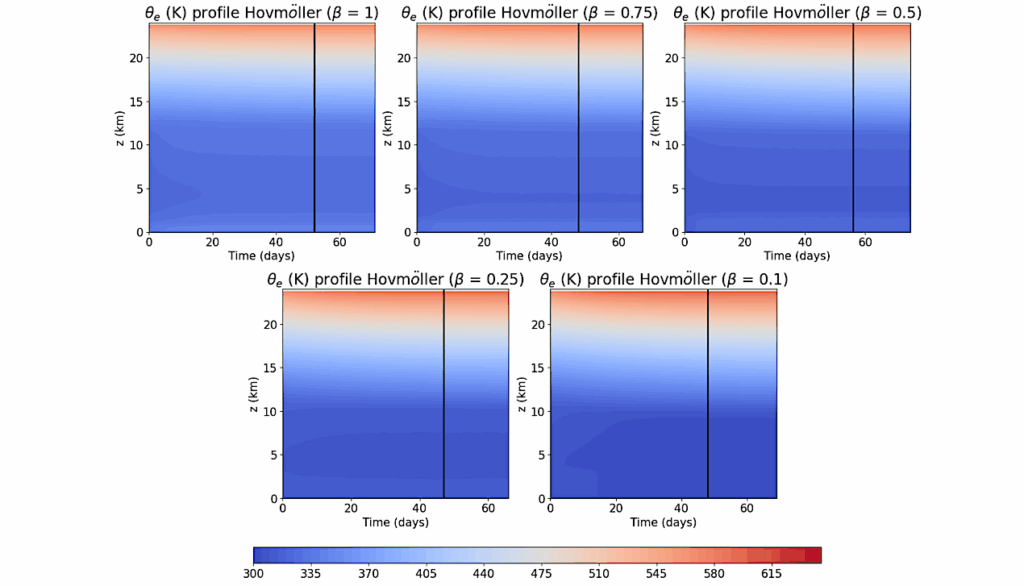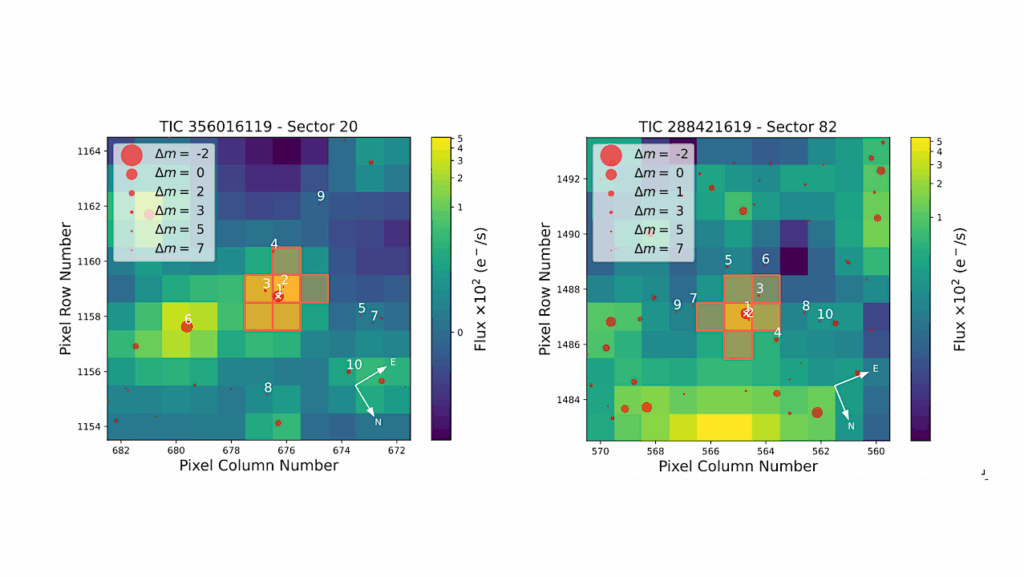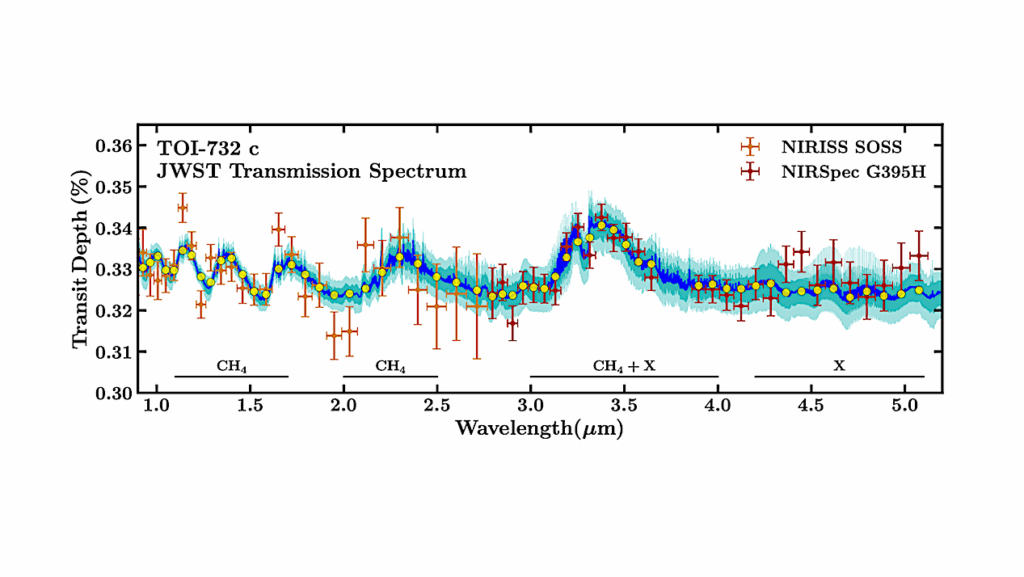Characterization Of The Regimes Of Hydrodynamic Escape From Low-mass Exoplanets

The hydrodynamic escape driven by external or internal energy sources sculpts the population of low mass close-in planets. However, distinguishing between the driving mechanisms responsible for the hydrodynamic escape of hydrogen-rich atmospheres is a complex task due to the involvement of many physical factors.
My simulations show that the hydrodynamic escape can be driven solely by thermal energy deposited in the lower layers of the atmosphere due to the heat flux originating from the planetary core or bolometric heating from the star even in the absence of other energy sources, as long as the planet’s Jeans parameter is below 3. Otherwise, stellar extreme ultraviolet irradiation or tidal forces are necessary in driving the escape, which means that the Jeans parameter is incapable of distinguishing the driving mechanisms, as it is only related to the properties of planet.
Here, an upgraded Jeans parameter that takes into account tidal forces is introduced, which allows us to accurately categorize the driving mechanisms. The results show that when the upgraded Jeans parameter falls below 3 or exceeds 6, the atmospheric escape is primarily driven by tidal forces or extreme ultraviolet radiation from the host star, respectively. In the range of 3 to 6, both factors can trigger the escape of the atmosphere.
I find that planets with high gravitational potential and low stellar irradiation are more likely to undergo subsonic escape, although transonic escape is prevalent among most planets. Moreover, the ionization status is significantly dependent on the gravitational potential. The upgraded Jeans parameter, which is closely related to the underlying physics, provides a concise method to categorize the driving mechanisms of hydrodynamic escape. The results can be applied to planetary evolution calculations.
J.H.Guo
Comments: 44 pages, 10 figures
Subjects: Earth and Planetary Astrophysics (astro-ph.EP)
Cite as: arXiv:2405.13283 [astro-ph.EP] (or arXiv:2405.13283v1 [astro-ph.EP] for this version)
Journal reference: Published in Nature Astronomy (09.05.2024)
Submission history
From: Jianheng Guo
[v1] Wed, 22 May 2024 01:41:13 UTC (381 KB)
https://arxiv.org/abs/2405.13283
Astrobiology








